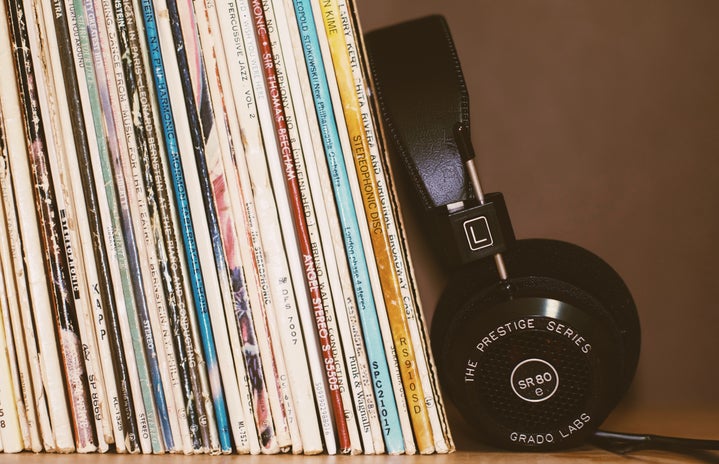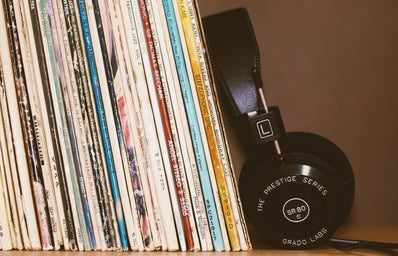Nowadays, “trap” is gaining more and more prominence nationally, a new style of music that is becoming increasingly successful among young people, with a growing number of trappers dominating the Brazilian music charts and topping the Spotify rankings.
Trap emerged in the 2000s in Atlanta, United States, as a subgenre of rap, with very direct and raw lyrics about drugs, crime, trafficking, sex and money. One of the biggest forerunners at the time was Gucci Man, who brought the main elements and sounds of the genre. Trap improved and new big names emerged, such as Travis Scott, Young Thug, Playboi Carti and 21 Savage.
Just like in the United States, in 2013 trap took hold in Brazil in a more underground way, with artists like Rafa Moreira and Klyn as pioneers. They reproduced a lot of what they saw outside and sang about what they experienced, such as drug trafficking and crime.
The group Rcayd Mob with MCs: Dfideliz, Derek, Je Santiago and Mc Igu, brought more notoriety to the Brazilian trap scene, with the song Doko having a good first impact on the scene at the time.
In 2017, more names emerged and one of them was Matuê with the hit Anos Luz, who managed to break out of the trap bubble, attracting more fans to the style of music. Today he is one of the biggest trappers of the moment with 7.9 million monthly listeners on Spotify, as well as having a feat with international rapper Rich the Kid with the song “Mafia Connections”.
In Brazil, artists have created trap funk, which mixes the beats we already know from trap with those of funk, making the sound a little more Brazilian. The new style has been very successful and is one of the most listened to. With major MCs such as L7nnon, who hit the charts with the song “Ai Preto” and more recently in partnership with another big name on the scene Mc Cabelinho with the song “Vamo Marolar”.
One of the most attractive aspects of trap music, which has had a great influence on its popularity, is the beat. With a deeper, more intense and frenetic sound, the genre has many inspirations from electronic music. The style also uses the Roland TR-808 drum kit, has a lower BPM and there are synthesizers that offer atmospheric elements and more melody to the songs.
Another big factor in trap is the fashion, whether it’s in the lyrics of the songs or in the aesthetic of each artist. It creates an authenticity, with the ostentation of big luxury brands, which can be translated into financial ascension and success. Trappers’ original style has a strong influence on the young people who listen to them, helping them create their own style.
In addition, trap brings an idea of prosperity, showing how someone from the periphery can reach a high place in life and that ostentation can break down barriers and conquer a space in society. Fans also identify with what is said in the lyrics, the reality that many face and a message of persistence, that one day everyone can achieve their dream.
Trap is increasingly gaining a foothold in the Brazilian music scene and could overtake other musical genres such as Sertanejo, which is extremely deep-rooted in the country. Young Brazilians play an extremely important role in popularizing the style and making it more relevant.
—————————————————————–
The article above was edited by Maria Esther Cortez.
Like this type of content? Check out Her Campus Casper Libero for more.


